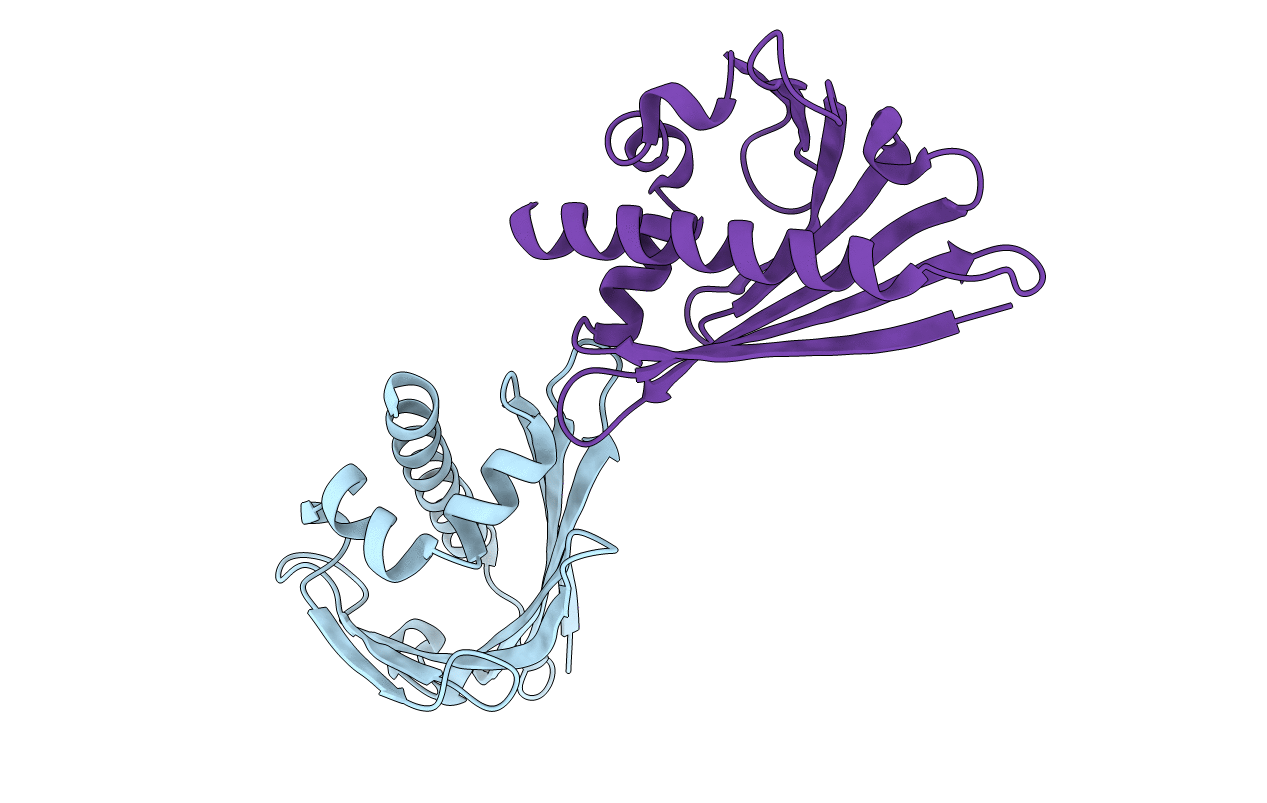
Deposition Date
2005-02-09
Release Date
2005-06-13
Last Version Date
2023-12-13
Method Details:
Experimental Method:
Resolution:
2.90 Å
R-Value Free:
0.26
R-Value Work:
0.22
R-Value Observed:
0.22
Space Group:
C 1 2 1


